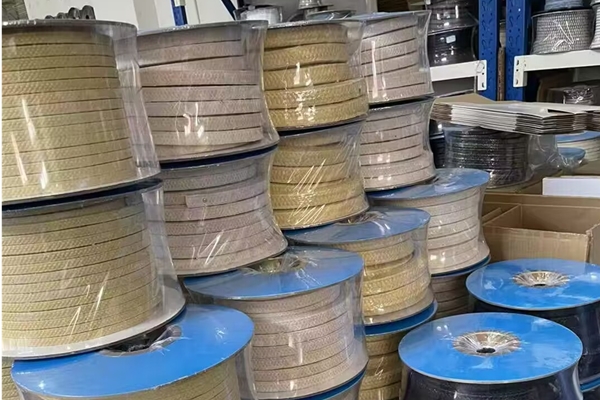Polytetrafluoroethylene (PTFE), commonly known by its trademark Teflon, is a high-performance fluoropolymer renowned for its outstanding chemical stability, corrosion resistance, and unique physical properties. Widely used across industries, PTFE plays a critical role in applications ranging from industrial piping to medical implants. This article provides a comprehensive overview of PTFE’s chemical characteristics, key applications, and essential safety considerations.
1. Chemical Properties of PTFE
PTFE’s molecular structure—composed of carbon chains fully shielded by fluorine atoms—grants it unparalleled stability. Key chemical properties include:
Superior Corrosion Resistance:
Resists nearly all chemicals, including strong acids (e.g., sulfuric, hydrochloric), bases (e.g., sodium hydroxide), and organic solvents.
Even aggressive mixtures like aqua regia (nitric + hydrochloric acid) have no effect. only reacts with molten alkali metals (e.g., sodium) and elemental fluorine at high temperatures.
Acid and Alkali Resistance:
Insoluble in extreme acids like magic acid (fluoroantimonic acid, HSbF₆·SO₃F), the strongest known superacid.
Oxidation Resistance:
Stable against strong oxidizers (e.g., hydrogen peroxide, concentrated nitric acid).
Thermal Stability:
Operates reliably from -200°C to 260°C, making it ideal for cryogenic and high-temperature environments.
Low Friction & Non-Stick Surface:
One of the lowest coefficients of friction (0.05–0.10) among solids, comparable to wet ice.
2. Key Applications
1) Anti-Corrosion Solutions:
Industrial Piping: Valves, gaskets, and linings for chemical processing, oil/gas, and textile industries.
Harsh Environments: Resists corrosion in acidic/alkali storage tanks, semiconductor manufacturing, and offshore platforms.
2)Electrical & Electronic Components:
Insulation Materials: PTFE-coated wires, high-frequency circuit boards (e.g., 5G antennas), and satellite communication components.
Capacitors & Sensors: Dielectric films for capacitors; gas-permeable membranes for oxygen sensors.
3)Medical Innovations
Implants: Expanded PTFE (ePTFE) for vascular grafts, heart patches, and facial reconstruction.
Surgical Tools: Non-stick coatings for minimally invasive devices.
4) Lubrication & Non-Stick Coatings
Industrial Bearings: Self-lubricating PTFE composites reduce wear in machinery.
Consumer Goods: Non-stick cookware (e.g., frying pans), easy-clean bakeware.
5) Miscellaneous Uses
Additives: Enhances durability in paints, inks, and lubricants.
Labware: Containers for ultra-pure chemical storage; release agents in molding processes.
3. Safety Guidelines
While PTFE is highly stable, caution is needed under extreme conditions:
Thermal Decomposition:
Above 260°C, PTFE may release toxic fumes (e.g., perfluoroisobutylene, PFIB).
Ensure proper ventilation in high-temperature processing (e.g., welding near PTFE coatings).
Mechanical Handling:
Use masks when machining PTFE to avoid inhalation of fine particles.
Disposal:
Incineration is not recommended; recycle via specialized pyrolysis methods.
4. Conclusion
PTFE’s blend of chemical inertness, thermal resilience, and versatility makes it indispensable in modern technology. From life-saving medical devices to corrosion-proof industrial systems, its applications continue to expand. However, responsible usage—particularly in high-heat scenarios—is crucial to harness its benefits safely.
Pro Tip for Engineers: For demanding environments, consider modified PTFE (e.g., glass-filled) to improve mechanical strength without sacrificing chemical resistance.
By understanding PTFE’s properties and limitations, industries can innovate while prioritizing safety and sustainability.





Leave A Comment